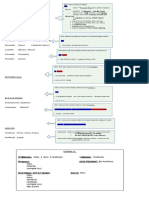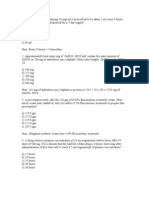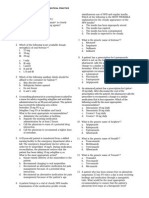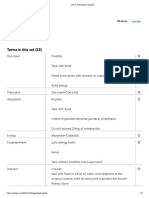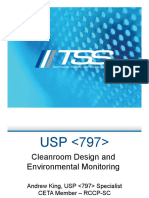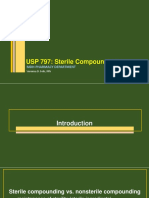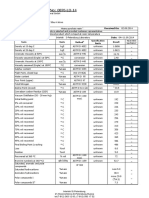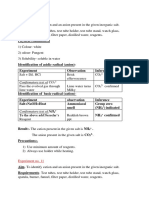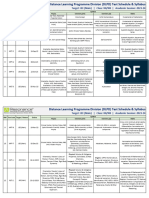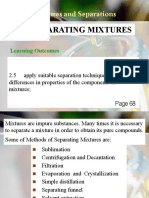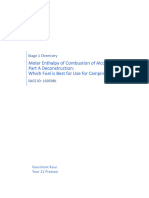100% found this document useful (2 votes)
3K views12 pagesCompounding NAPLEX Notes
There are two main types of compounding: non-sterile and sterile. Non-sterile compounding involves traditional compounding for individual patients and does not require a sterile environment. Sterile compounding prepares sterile drugs that need to be in a sterile environment, such as IV drugs and eye/ear drops. Outsourcing compounding involves elements of both manufacturing and compounding. Compounding requires adherence to USP regulations regarding facilities, equipment, personnel training, and quality assurance.
Uploaded by
RayCopyright
© © All Rights Reserved
We take content rights seriously. If you suspect this is your content, claim it here.
Available Formats
Download as ODT, PDF, TXT or read online on Scribd
100% found this document useful (2 votes)
3K views12 pagesCompounding NAPLEX Notes
There are two main types of compounding: non-sterile and sterile. Non-sterile compounding involves traditional compounding for individual patients and does not require a sterile environment. Sterile compounding prepares sterile drugs that need to be in a sterile environment, such as IV drugs and eye/ear drops. Outsourcing compounding involves elements of both manufacturing and compounding. Compounding requires adherence to USP regulations regarding facilities, equipment, personnel training, and quality assurance.
Uploaded by
RayCopyright
© © All Rights Reserved
We take content rights seriously. If you suspect this is your content, claim it here.
Available Formats
Download as ODT, PDF, TXT or read online on Scribd
/ 12


















